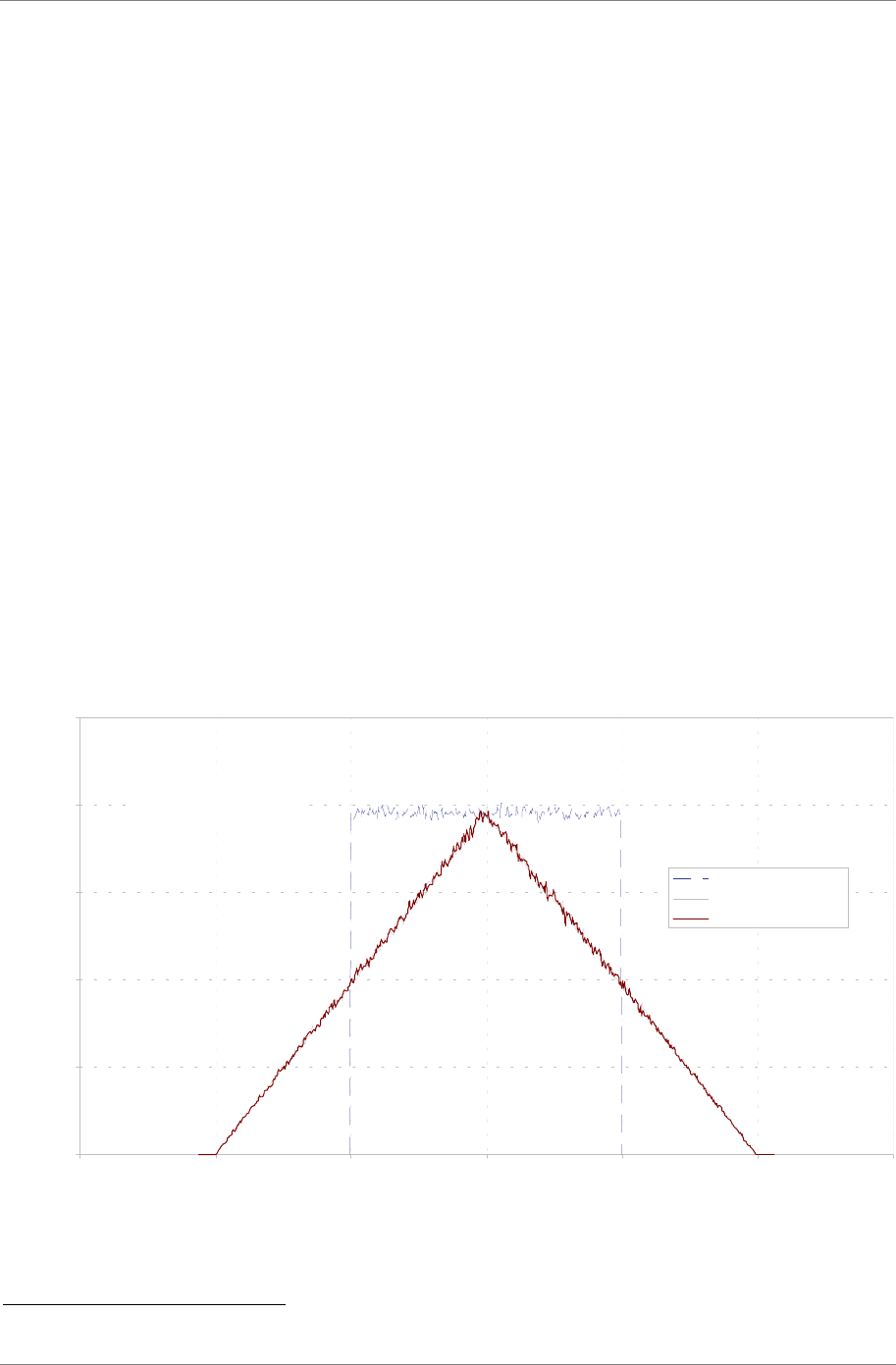
dCS 974 User Manual Manual for Software Version 1.0x
dCS Ltd May 2001
Manual part no: DOC1241121A1
Page 94
Document No: OS-MA-A0124-112.1A1
Contact
dCS
on + 44 1799 531 999 email to: more@dcsltd.co.uk
(inside the UK replace + 44 with 0) web site: www.dcsltd.co.uk
dCS 974
P
ERFORMANCE
C
URVES
The graphs on the following pages show key performances of the dCS 974.
27
• Dither PDFs, showing how the dither types are effectively ideal, including
noise shaped triangular dither
• FFTs of the dither signals used (excludes truncation, or Q, noise)
• Raw data for small signal truncated (± 4 lsbs) sinewave, showing source
waveform, no dither, and all dither types. Shows absence of DC offset, and
behaviour of the various dithers
• FFTs of truncated small signal (-90 dB0 sine), showing no truncation,
truncation without dither, and the effect of dithers.
• FFTs of truncated small signal (-90 dB0 sine), with noise shaping, with and
without added dithers.
• DSD spot Q noise for filter options
• DSD integrated Q noise for filter options
• DSD F weighted Q noise for filter options
• DSD 0 dB0 (full scale) signal
• 48 kS/s to 44.1 kS/s conversion, Filter responses
• 96 kS/s to 44.1 kS/s conversion, Filter responses
• Noise shaping curves for 32 kS/s
• Noise shaping curves for 44.1 kS/s
• Noise shaping curves for 48 kS/s
• Noise shaping curves for 88.2 kS/s
• Noise shaping curves for 96 kS/s
• Noise Shaper noise and weighted noise vs shaper order
Histograms of Dither Types, before Truncation
dCS 972 SW v1.54
0.0%
0.1%
0.2%
0.3%
0.4%
0.5%
-384 -256 -128 0 128 256 384
Code (lsbs)
Fraction of Time Dither Occupies Bin
Top Hat
Triangular
Noise Shaped Triangular
2 million data points
Word length reduced by 8 bits
Figure 31 – Dither PDFs
27
Note that many aspects of the
dCS 974
are identical to those of the
dCS 972
.


















